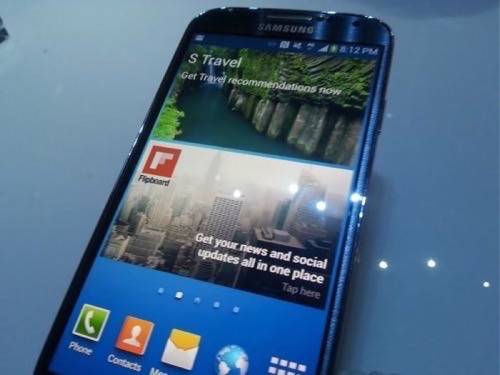
On April 3rd, 1973 a division manager from Motorola was walking down the street in New York City. In his hand was a device. It weighed 2.5 pounds and vaguely resembled a phone. The division manager then put the device to his ear and made a call.

The manager was Martin Cooper. The device was a DynaTAC 8000x. The call was the first cellphone call in history.
The cellphone is 40 years old today. In place of Cooper’s 2.5-pound DynaTAC that could be used to bludgeon a passerby in a pinch, we now have four-ounce touchscreen computers connected to a world of information that happen to be able to make phone calls.
Cooper, now 84, has kept busy. He founded Arraycomm in 1992 to develop antenna software for mobile phones. He also founded Dyna LLC as a way to incubate innovation around cellular technology. From Dyna launched GreatCall, the company that made the Jitterbug cellphone. Cooper continues to do speaking engagements and is a member of several government groups that advise policy on wireless spectrum.
I had a chance to meet Cooper in September 2012 when Motorola launched its latest versions of its Razr HD Android smartphones. He was excited about the concept of Smart Actions in the new Motorola phones. Smart Actions are features where the phone knows where you are and what you might be doing and acts accordingly. For instance, it can help extend battery life automatically or know when you are driving and cannot receive text messages. Much of capabilities of Smart Actions will likely end up in Google Now, the predictive technology Google has baked into its newest version of Android.
So today, on the 40th birthday of one of the most important technologies in human history, we salute you, Marty Cooper. On behalf of the human race, we say thank you.
Top image: From the oldest cellphone, to the newest, the Galaxy S4
Martin Cooper image courtesy of Wikipedia Commons









